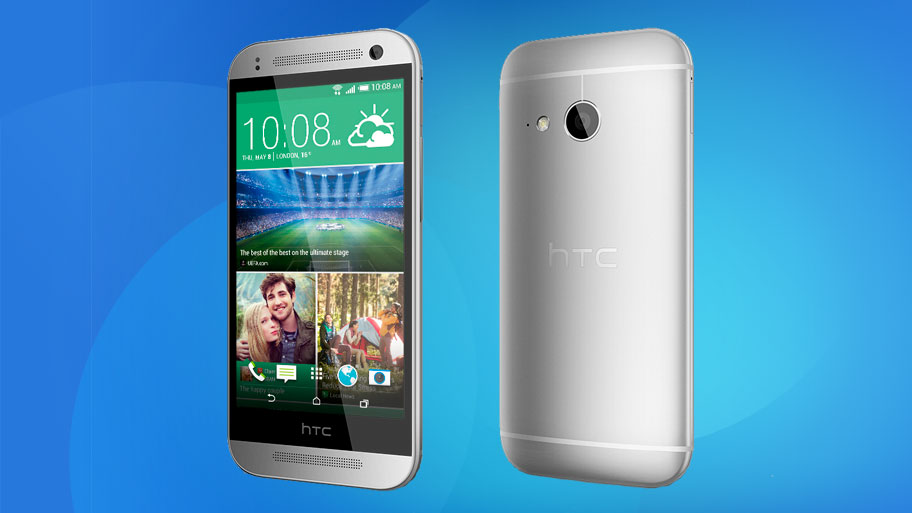Why you can trust TechRadar
The HTC One Mini 2 comes running the latest version of Google's platform - Android 4.4.2 KitKat - and in true HTC fashion it has been covered in its heavy Sense 6 user interface.
Sense 6 debuted on the HTC One M8 and the One Mini 2 is a direct copy, just on a smaller, lower resolution display.
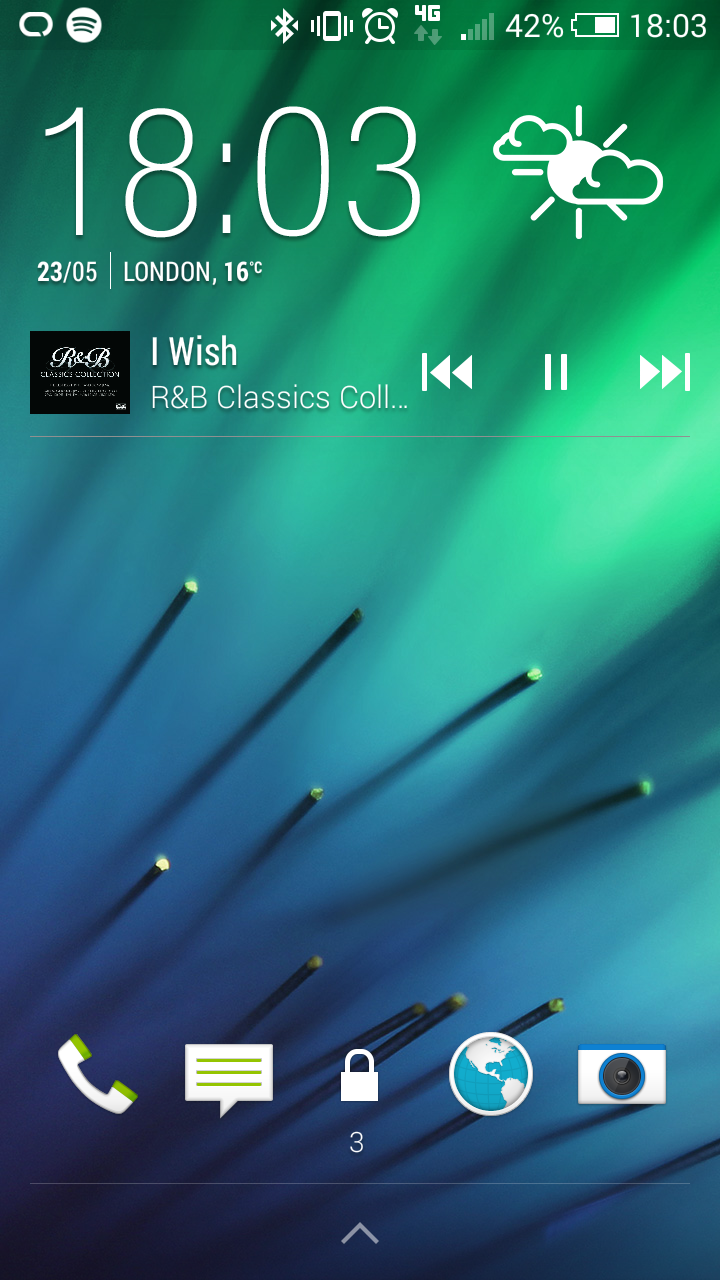
Android purists may well find Sense 6 rather overbearing, but for anyone who doesn't have a strong allegiance towards Google's vanilla software the HTC One Mini 2 is - for the most part - very pleasant to use.
I've already talked about the Blinkfeed integration which is baked into the Sense 6 overlay, but that's not the only tinkering HTC has done here.
On the lockscreen you can have four app shortcuts, allowing you to jump straight to messaging if you've got a new text, which ultimately saves you time.
If you're really not a fan of Blinkfeed it can be removed completely - just hold down on an open space on a home screen and tap "manage home screen panels". From there you can delete the Blinkfeed page.
This gives you greater flexibility and it's a welcome addition as in earlier builds of the Sense UI there was no way to turn Blinkfeed off.
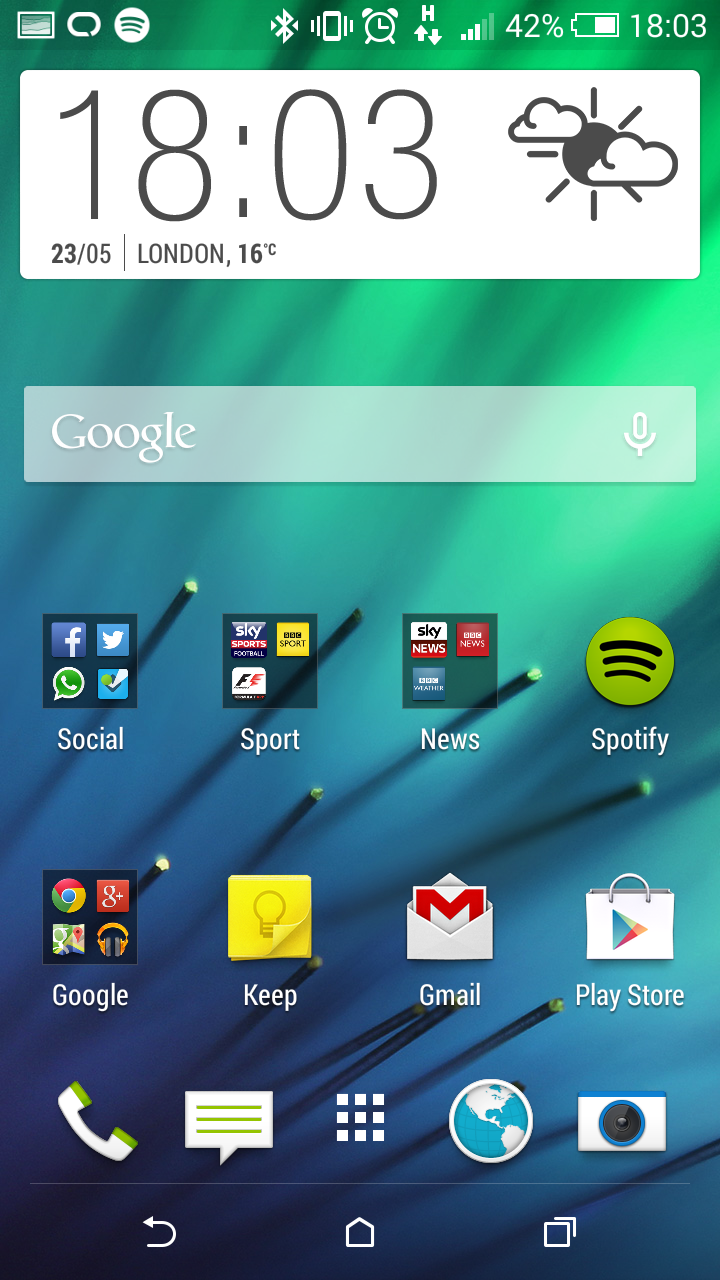
Move into the app draw and HTC has a handy feature here too, allowing you to hide any unwanted pre-installed applications which you can't actually uninstall.
Drag down from the top of the screen to access the notification bar and tap the icon in the top right corner to access the quick settings pane.
There are 12 slots available to fill and you can pick from 24 different options to display here - that's considerably more than nine you get on stock Android. Perfect if you love that instant control.
Use two fingers to swipe the notification bar down and it'll take you straight to the quick settings area, which is a useful touch.
In terms of power the One Mini 2 has not inherited the powerhouse Snapdragon 801 chip from the One M8. Instead it has to make do with a 1.2GHz quad-core Snapdragon 400 processor.
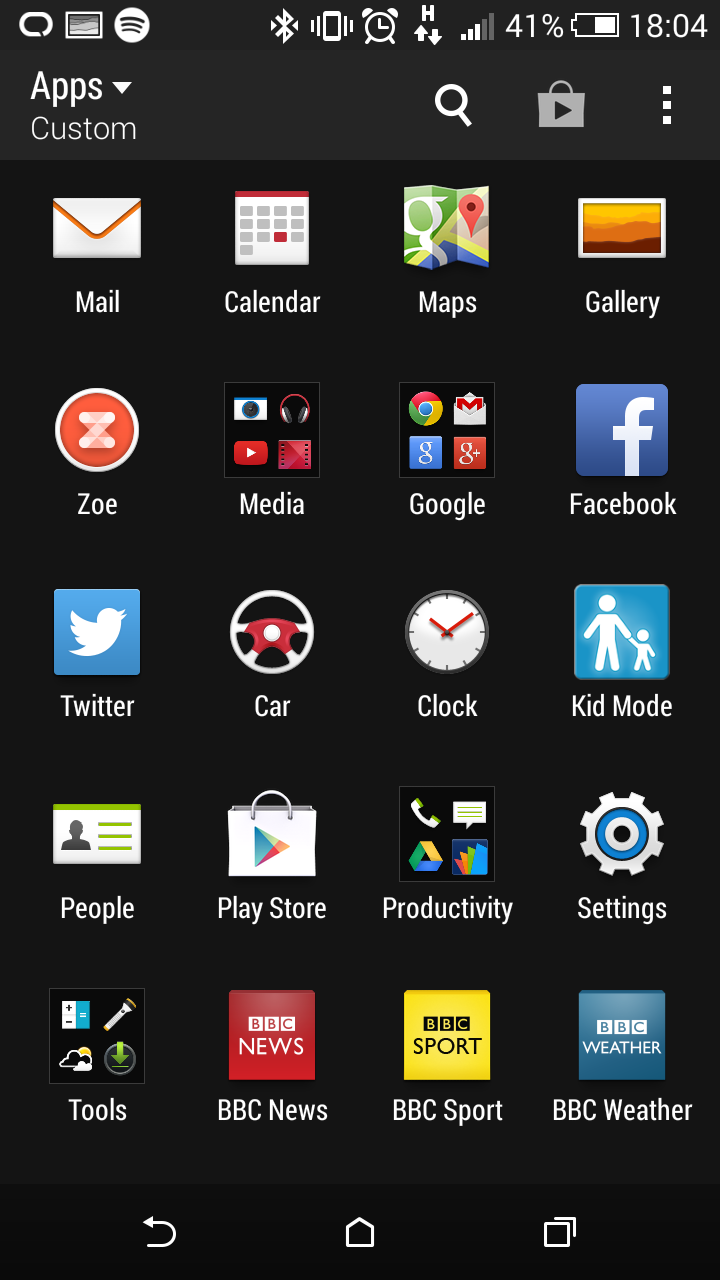
That's the same chip that appeared in the original One Mini, although in that device it was only dual-core and clocked at 1.4GHz.
You also get 1GB of RAM - down from 2GB in the One M8 - and an Adreno 305 GPU, again a downgrade from the Adreno 330 in its bigger brother.
Can you tell there's less power under the hood of the HTC One Mini 2? And sadly it shows.
During my time with the One Mini 2 it failed to really impress me when it came to load times and general navigation.
Blinkfeed usually took quite a while to update feeds, while even simple apps such as messaging took a few seconds to load up properly.
Sometimes the One Mini 2 would flash up with "no messages found" when I opened the messaging app before loading my conversations.
The message only appeared for half a second, but it did detract from the overall experience and rammed home the fact the One Mini 2 is packing significantly less power.
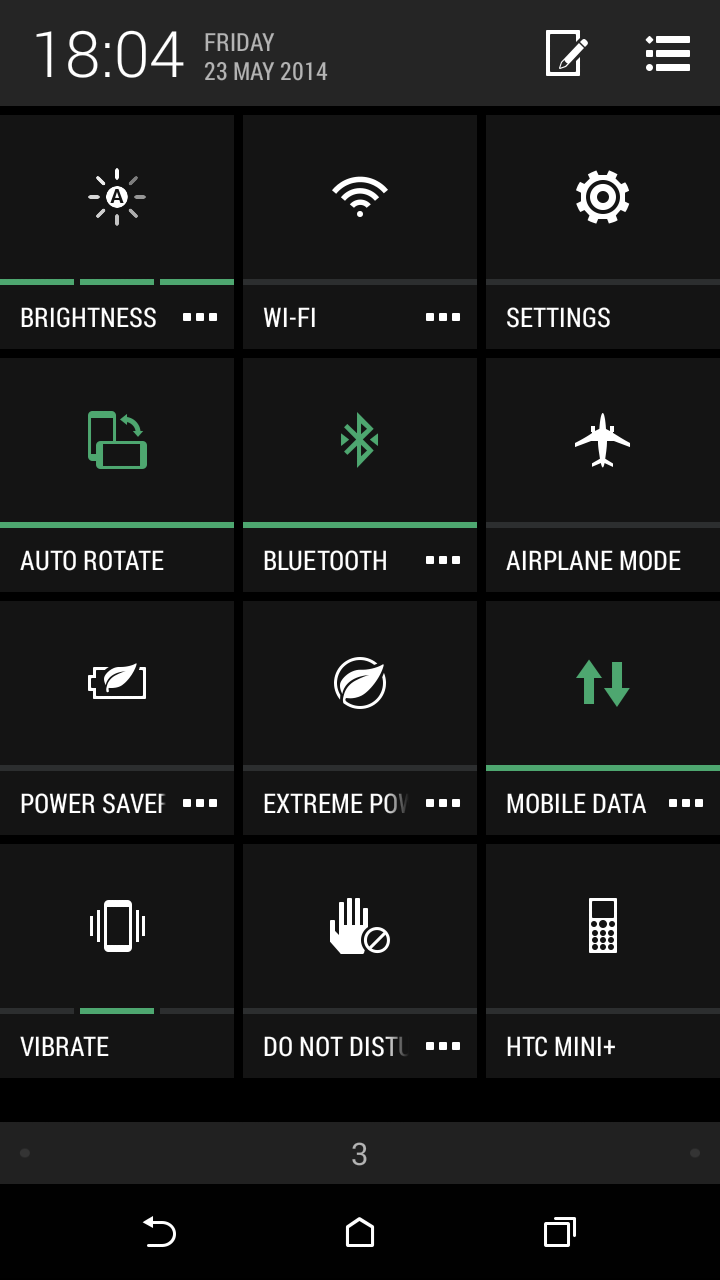
That said, the One Mini 2 managed to run all the games and applications I threw at it, and apart from some tardy load times operation was smooth throughout.
Multi-tasking also wasn't an issue, and I was able to have several demanding applications open at the same time and skip between them without issue.
I ran Geekbench 3 on the One Mini 2 and after three goes the HTC One Mini 2 ended up with an average of 1155. That's hardly a sparkling performance and it doesn't come close to the 2731 racked up by the Sony Xperia Z1 Compact.
The Sony does have a much more powerful processor, but the 4-inch iPhone 5S also managed 2540, leaving the One Mini 2 lagging behind the competition.
It's also worth noting that the HTC Desire 816, a handset which will slide in below the One Mini 2, sports a punchier 1.6GHz quad-core processor and a Geekbench 3 average of 1463.
Overall though if you're coming from another mid-range mobile, or a low-end device you're unlikely to have any performance related complaints with the One Mini 2. It's just a shame it doesn't more closely mirror the performance of its bigger brother.

TechRadar's former Global Managing Editor, John has been a technology journalist for more than a decade, and over the years has built up a vast knowledge of the tech industry. He’s interviewed CEOs from some of the world’s biggest tech firms, visited their HQs, and appeared on live TV and radio, including Sky News, BBC News, BBC World News, Al Jazeera, LBC, and BBC Radio 4.
